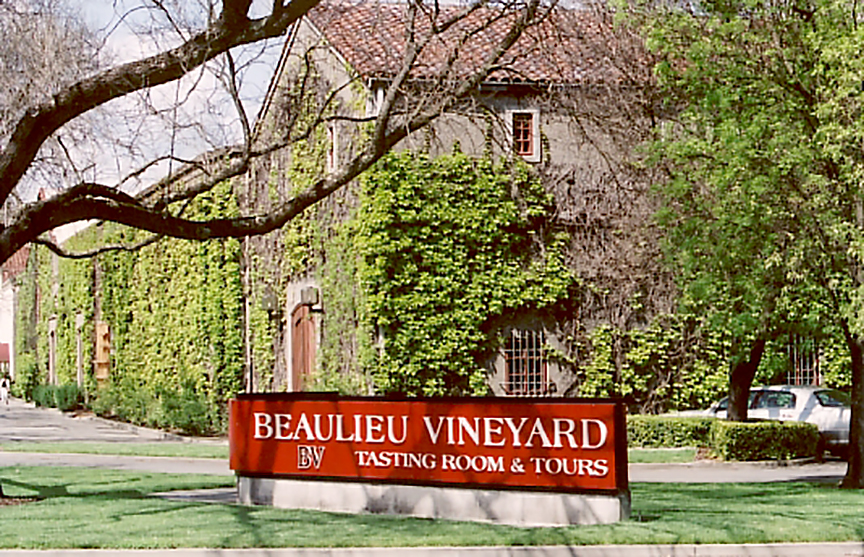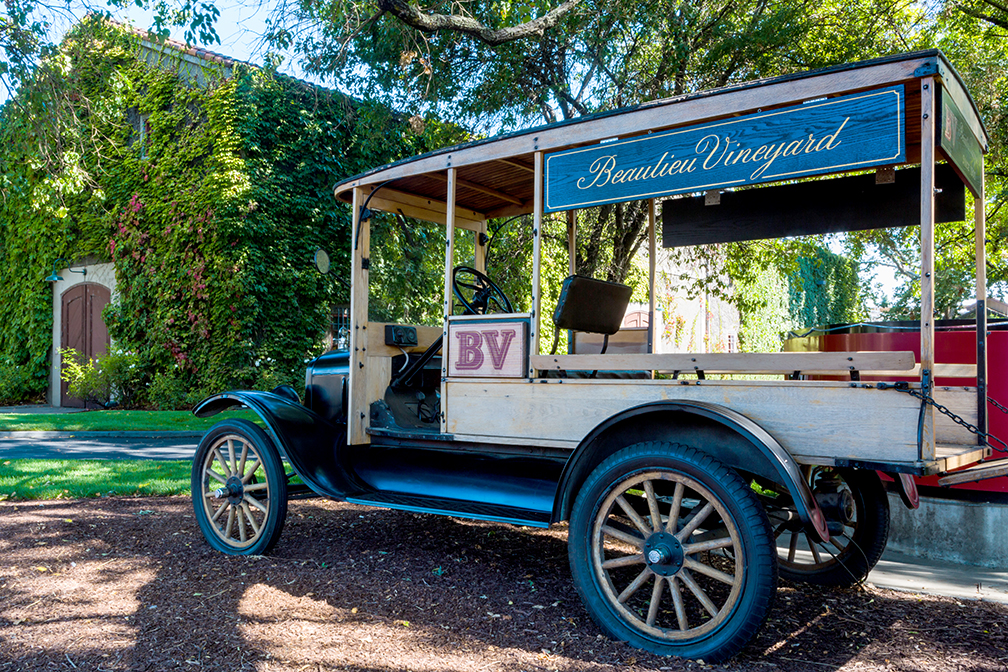Deep ruby-purple color; blackberry, cassis, plum, forest floor, graphite on the nose; juicy cherry, blackberry, redcurrant, red plum, red bell pepper, vanilla on the palate.
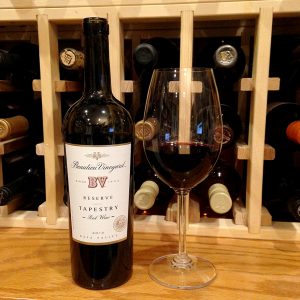
Dry (5.7 g/L); Bordeaux blend of 65% cabernet sauvignon, 22% merlot, 5% petit verdot, 5% malbec, 3% cabernet franc—a tapestry of Napa red grapes. Early evaluations by some found this rigid and one-dimensional and needing time in bottle. Five years after harvest, I find more complexity than they did. Decanting clearly improves the muscular tannins and smooths everything out; there is some balancing acidity (3.72 pH), but this remains a bold Napa cab with lip-smacking juicy fruit. Significantly delicious; can be enjoyed sipped solo with neutral crackers and cheese squares.
Medium-full body. Nicely refined and lingering finish where the various fruits get to parade across the back of your tongue. Vanilla and oak spice come from malolactic fermentation in barrel and aging in 50% new oak barrels. There is no oak monster here, rather smooth, silky, delicious drink with adroitly integrated oak.
The Beaulieu (beau lieu—“beautiful place”) Vineyard traces roots back more than a century when, in 1900, Georges de Latour’s wife Fernande first looked upon their original Rutherford vineyard. De Latour imported phylloxera-resistant rootstock from Europe to the recently-ravaged fledgling California wine industry. When prohibition shut down many wineries, Beaulieu Vineyard increased its business by selling sacramental wine to the Catholic Church.
After Prohibition repeal in 1933, Georges de Latour began research and innovation that would produce his Rutherford Estate’s finest expression. In 1938, he traveled to France and met André Tchelistcheff, famed viticulturist and enologist who instituted the philosophy of continuous innovation in vineyard and winery. When Tchelistcheff joined Beaulieu and tasted the de Latour family’s private wine—what they called “Private Reserve”—from the 1936 vintage, he insisted it be bottled and sold as the winery’s flagship offering.
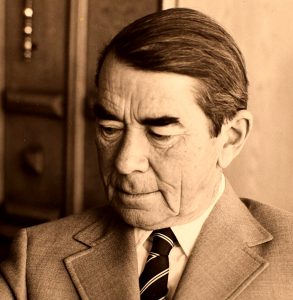
In 1940, Beaulieu Vineyard released the first vintage of Private Reserve and named it for the founder. Georges de Latour Private Reserve Cabernet Sauvignon became Napa Valley’s first cult cabernet. Tchelistcheff became the region’s first superstar winemaker in due time, too.
The international conglomerate Heublein Inc. purchased BV in 1969; RJR Nabisco acquired Heublein, then sold to Grand Metropolitan in 1987. Grand Metropolitan became Diageo in 1997 through a merger with Guiness. In 2016—three years after this vintage—Diageo sold Beaulieu Vineyard to Australian wine giant Treasury Wine Estates. The parade of owners has put strains on the winery’s vision and values, but the original Rutherford-Napa vineyards continue to deliver exceptional fruit that reflect in this bottle.
Amid the ownership turbulence, winemaker Jeffrey Stambor ably carried on the Georges de Latour and Tchelistcheff legacy, also working with “flying winemaker” Michel Rolland. In July 2017, Stambor announced he was leaving BV after almost three decades to form Jeffrey Stambor Wine Consulting. We shall see what lies in Beaulieu’s future, but for now enjoy this effort which he created.
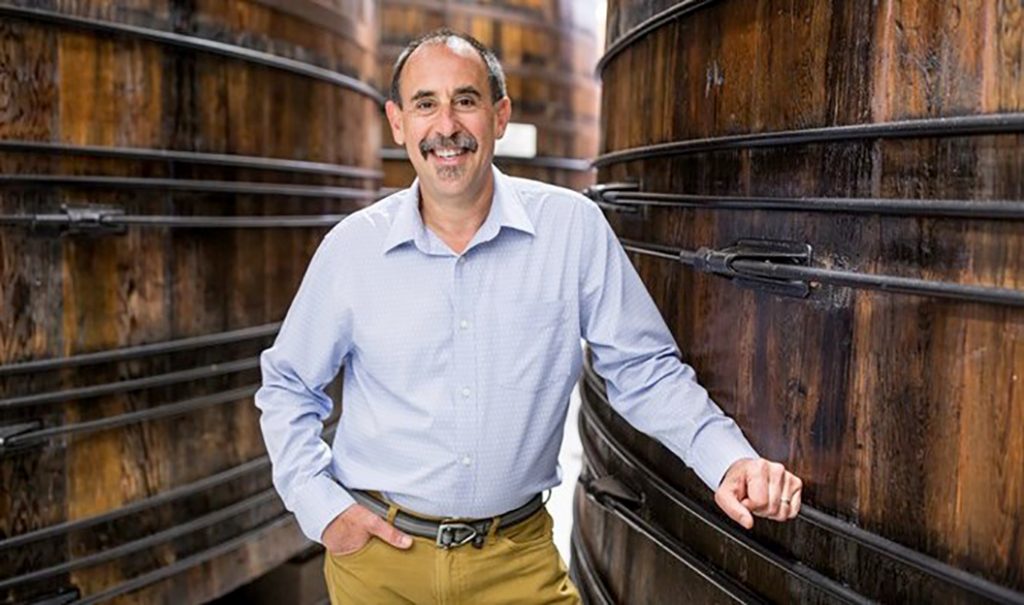
Beaulieu Vineyard Reserve Tapestry, Napa Valley 2013, after some bottle age, lives up to its promise of a tapestry of tastes from classic Bordeaux grapes. Exceptionally smooth and delicious with layers of flavors, especially after decanting. This could age for several more years, but it will take significant willpower to pass on enjoying it now. Pair with grilled and roast lamb; roast beef, veal, venison; beef stews, especially those cooked in red wine; beef brisket, filet mignon; roast pork; roasted potatoes, lentil soup, Portobella mushrooms, green been casserole; Cheshire and red Leicester cheese. $55-65
